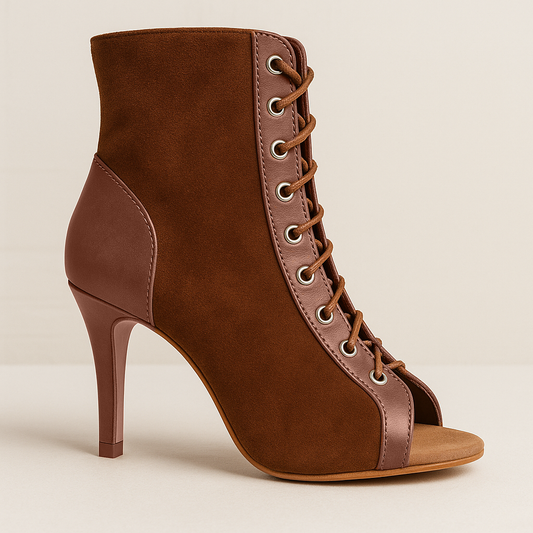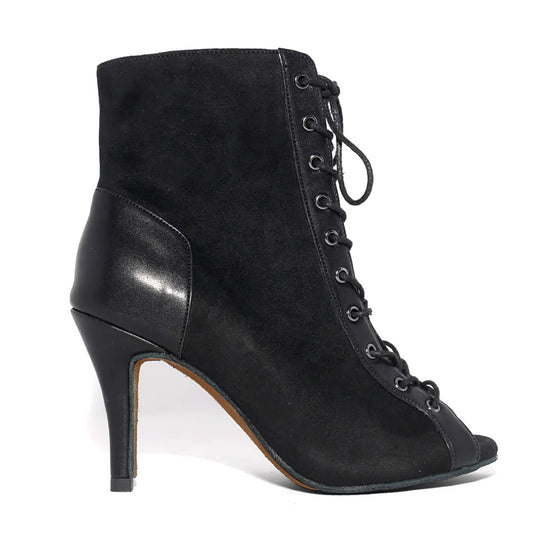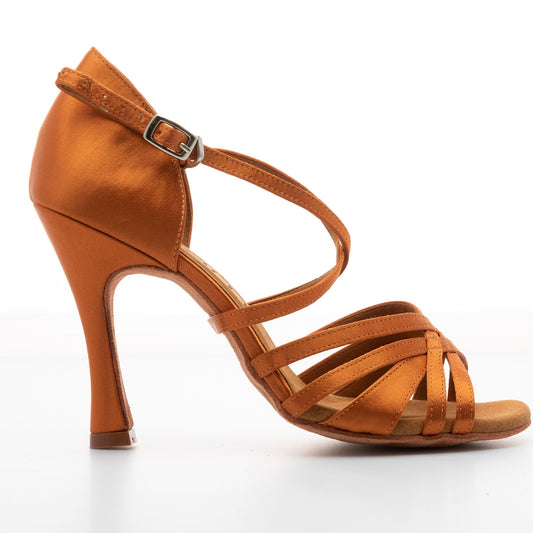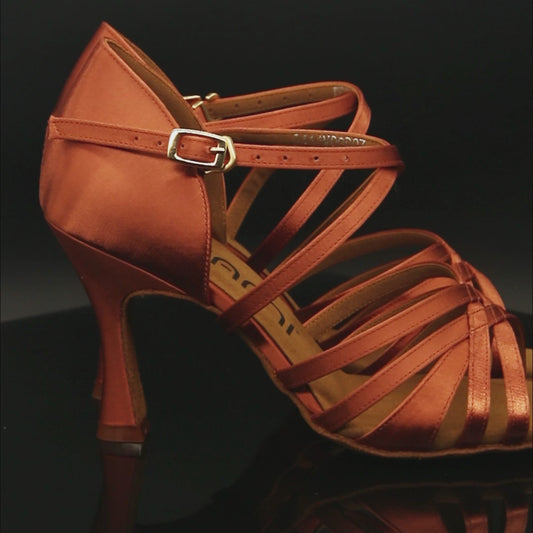
Photo Credit: Dance Spirit
Dancing is similar to a workout - do it all the time to achieve a healthy, trim physique. But resting and recovering from dancing is just as important, even if you’re just dipping your toes into social dancing. After a night of revelry, don’t forget to give yourself time to recover, here are some tips to help you out:
The Importance of Rest and Recovery After Social Dancing
Most dancers, even casual social dancers, often push their bodies to the limit. And when you’re not kind to your body, you will feel it. Muscle strains, soreness, stiffness, and even small tears could develop in the soft tissues, causing recurring pain that limits body movements. The body also needs to flush out harmful chemicals and heal from trauma caused by strenuous physical activities like dancing.
Resting and recovering from dancing could also boost stamina and endurance. It relieves stress, recharges the body, and minimizes the risk of injury. If you continue to push the body to its limits without resting, it could lead to serious injuries, burnout, or muscle tears.
So how often should you rest? It depends on how often you hit the dance floor on the event itself and after. On the actual social dance event itself, give yourself about 30 minutes to 1 hour of rest after hitting the dance floor, assuming that you’ve achieved peak muscle effort - like an intense routine or number.
After the event, you need to give yourself at least 30 minutes to cool down and take a shower. If your muscles feel a little stiff, take a warm soak. If the muscles are painful or heaven forbid, you’ve twisted your ankle, apply a cold compress to the affected area.
10 Ways to Rest and Recover After Social Dancing
Cool Down: You need to give your muscles a proper cool down, the same way that you warm up your muscles before working out. Stretch those legs to soothe exhausted muscles and perform gentle exercises after dancing - this goes after a dance rehearsal, a routine, or a night of social dancing.
Ice It Up: Your aching legs, that is. Apply an ice pack on sore muscles after cooling down. This will prevent muscle weakness and stiffness. Apply the ice pack on the affected area for 15 minutes at a time. Don’t ice the muscles for too long and always use a thin towel in between the ice compress and skin.
Drink Up: No, we’re not talking about the cocktails, drink plain water! Do this before, during, and after a dance sesh because your body will perspire a lot while dancing and you need to replenish the lost electrolytes and moisture! And a cup of coffee or a tall of sweet soda is a poor substitute for plain water. Fruit juice, mocktails, and herbal teas are okay but nothing hits the spot quite like a cold glass of plain water.
Smart Snacking: Hungry? Don’t munch on chips or a chocolate bar when you’re feeling famished. Choose healthy snacks like granola bars, fresh fruits, and nuts. These light snacks are not only satisfying, but they also contain less sugar and more vitamins. Your body needs different nutrients as it recovers from an intense dancing session, so always snack smart.
Take a (Mental) Rest: When we say take a break, we mean getting your head off dancing for a little while and doing something relaxing like meditating, listening to soothing music, doing a little yoga in your free time, or reading a good book. Relaxing activities minimize stress and prevent stimulation overload that often leads to feelings of burnout. Don’t feel guilty for doing nothing and taking a mental break; we all need one!
Take a Warm Soak: Make time for a warm bath or shower after getting home from social dancing. The warm water soothes tired, aching muscles so your legs won’t feel like they’ve been through the wringer the next day. Add a handful of Epsom salt and a few drops of your favorite essential oils in the water for maximum relaxation!
Feet Up: If you’re on your feet for hours, your feet are probably killing you. This goes especially if you are wearing Latin dance shoes with stiletto heels. Wearing heels throws the bodyweight off, the balls of the feet will take the brunt of your body weight, and the pain will radiate from the forefoot all the way up to the lower back. So after every dancing sesh, prop your legs up. Use a couple of pillows to prop your legs or lie on the floor and prop your legs on an elevated surface - like your bed or a sofa. This takes the extra weight off your legs, giving your lower body a much-needed break.
Breathing Exercises: deep belly breathing alleviates stress by relaxing the muscles and regulating the blood flow. It’s a great way to calm frayed nerves while resting from dancing or recovering from a dance-related injury. The trick is to break deeply slowly, feeling the lungs as they expand with air and then breathing out by pushing the air so far out that the stomach feels like it’s sinking into your back. Regular breathing exercises also strengthen the lungs, so you don’t feel too winded after dancing.
A Good Night’s Sleep: Nothing recharges the body and soul quite like restful sleep. A full 8 hours of uninterrupted sleep gives the muscles enough time to heal themselves. Restful sleep also resets the mind and minimizes stress. By the time you’re hitting the dance floor again, you’ll feel so much lighter on your feet!
Take a Break: If you are a competitive dancer or a performer, you have to give yourself mini-breaks to recover from the stresses of intense physical activities like dancing. You need to give yourself a day off or two and do relaxing activities to take your mind off dancing. By taking a day off, you’ll be well-rested and ready to dance up a storm the next day.
Rest and recovery are a critical part of dancing. It’s good for the body and the soul. This goes especially if you’ve been going to social dances regularly and wearing Latin dance shoes with high heels. You need to give your legs a rest. These rest and recovery tips will work for casual social dancers and competitive dancers alike!







